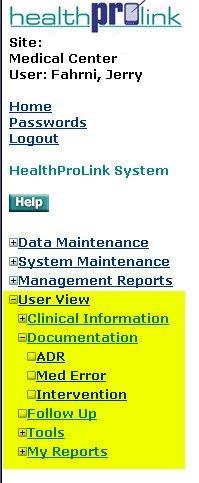 I spent some time yesterday talking with some good people over at Pharmacy OneSource about pharmacy technology, clinical decision support, data mining, and a whole bunch of other interesting items. During one point of a conversations the history of Pharmacy OneSource came up. Part of that history includes the merger of Pharmacy OneSource with HealthProLink (HPL) sometime in late 2005.
I spent some time yesterday talking with some good people over at Pharmacy OneSource about pharmacy technology, clinical decision support, data mining, and a whole bunch of other interesting items. During one point of a conversations the history of Pharmacy OneSource came up. Part of that history includes the merger of Pharmacy OneSource with HealthProLink (HPL) sometime in late 2005.
The mention of HealthProLink (HPL) brought back fond memories of a time when pharmacy informatics was really starting to take off and I was infatuated with the Palm Pilot <insert flashback sequence here>. HPL was a set of software tools for collecting and quantifying pharmacist intervention data as well as ADR/ADE information. In addition, the application offered access to several clinical calculators and a fairly robust reporting system. I was part of the implementation team for HPL when I worked at Community Medical Centers – Fresno and used it daily for a couple of years.
This was also a time when Palm Pilots were all the rage and every pharmacist I knew carried one in their lab coat pocket. The Palm OS was a stroke of genius because of its minimalistic approach to the user interface. Anyone could pick up a device using the Palm OS and figure out how to use it in a matter of minutes. They were a model of simplicity and functionality. In addition, several development environments were available for application development as well as several “readers†and database applications. This led to the development of hundreds of medical references, medical calculators, free and commercial peripheral brains and countless ways to track patients, labs, and medications available for devices running the Palm OS. It is the only time in my career as a pharmacist that the entire profession embraced a new technology and used it to their advantage. The literature was full of “studies†using handheld devices for documenting clinical interventions1-4, carrying individually created documents and “peripheral brainsâ€5,6 performing pharmacokinetic calculations, accessing drug information and performing drug interaction checking.7-12 The entire handheld movement was quite impressive to watch.